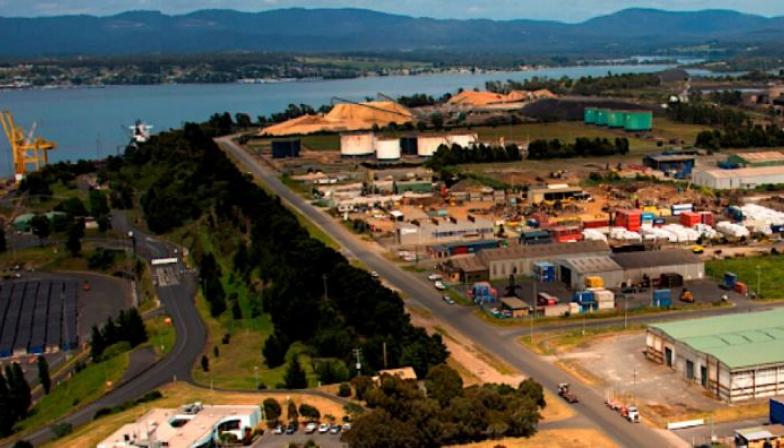The Fortescue Metals Group said on Tuesday that it produced both crude iron and green cement in tests as part of the mining company's goal to become a leading player in the renewable energy market, enabling it to achieve carbon neutrality by 2030.
The company, the world's fourth largest iron ore producer, also met its deadlines for testing batteries, green ammonia and green hydrogen in iron ore mining, including locomotives and drilling rigs, dump trucks and ships.
An Australian miner said its subsidiary Fortescue Future Industries (FFI) has successfully produced high-purity iron with 97% Fe from Fortescue iron ores without using coking coal and at low temperatures.
Fortescue noted that the technology still needs extensive testing and is proving its economic feasibility.
Fortescue said it has also begun trials to use waste from this raw iron process to produce cement with a lower carbon footprint.
CEO Elizabeth Gaines said the company was rapidly evolving from a major consumer of fossil fuels to a leading exporter of clean and renewable energy.
Mining billionaire Andrew Forrest, founder and major shareholder of Fortescue, predicted that the world's transition to clean energy and products would be "almost violent." He cited predictions that hydrogen produced from renewable energy sources will only become commercially viable in the 2030s.
Today's announcement suggests that these projections will need to be revised.
“We decided to test the hypothesis that there is sufficient 100% renewable green energy, hydrogen, ammonia and industrial production potential for products such as green cement, green fertilizers, green iron and steel to fully meet the world's needs,” Gaines said. ... "We have confirmed our hypothesis."
Pending decision
Fortescue said it remains committed to achieving its goal of reducing carbon emissions by 2030.
However, the company's strategy to tackle climate change takes into account only Category 1 and 2 greenhouse emissions - those directly generated by the organization, as well as indirect emissions from the electricity it buys for its operations.
Category 3 emissions arising from the use, processing or delivery of the company's products to consumers have yet to be addressed by Fortescue, which puts the company in support of the recent commitments of BHP and Rio Tinto.
Fortescue's board is due to make a final investment decision by the end of the year to build an FFI 250 megawatt green hydrogen plant in Bell Bay in northern Tasmania.
FFI CEO Julie Shuttleworth said Fortescue "has been thinking about hydrogen for over a decade" and has become "confident that hydrogen can be stored and transported as a zero-carbon fuel."



